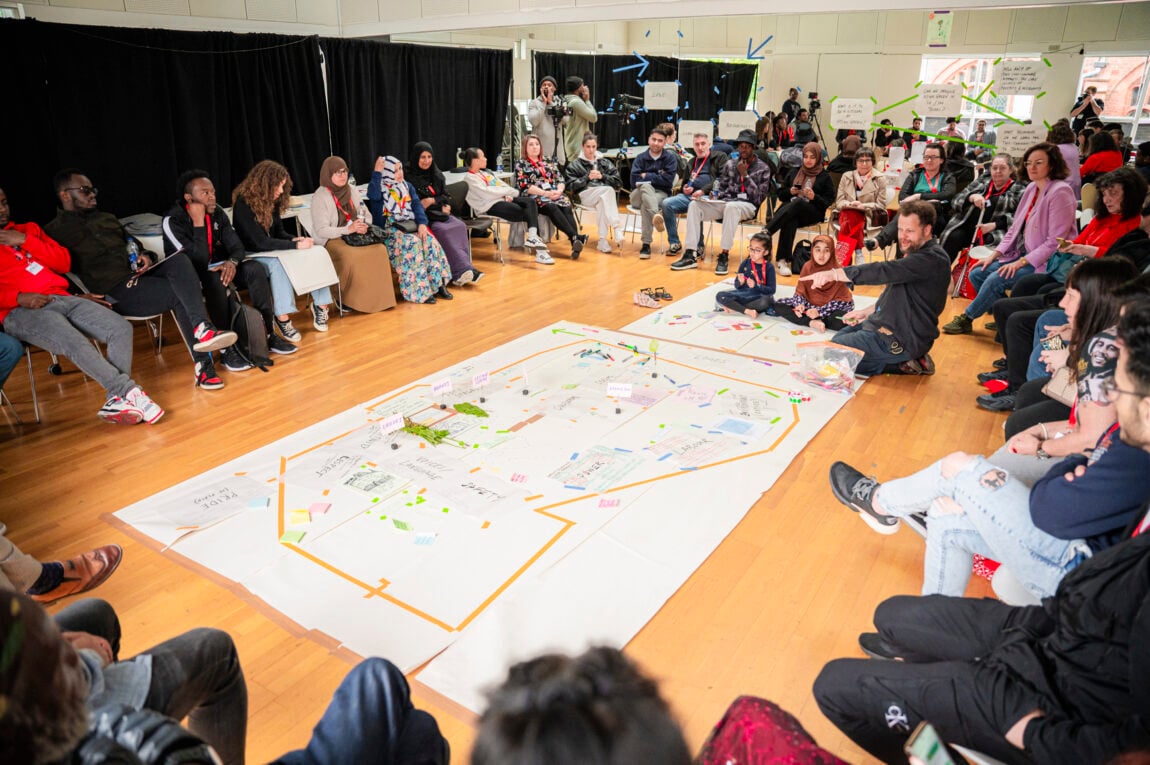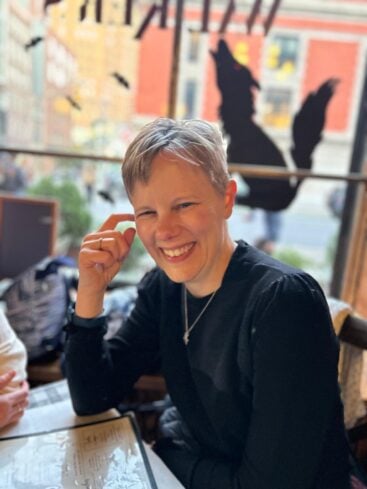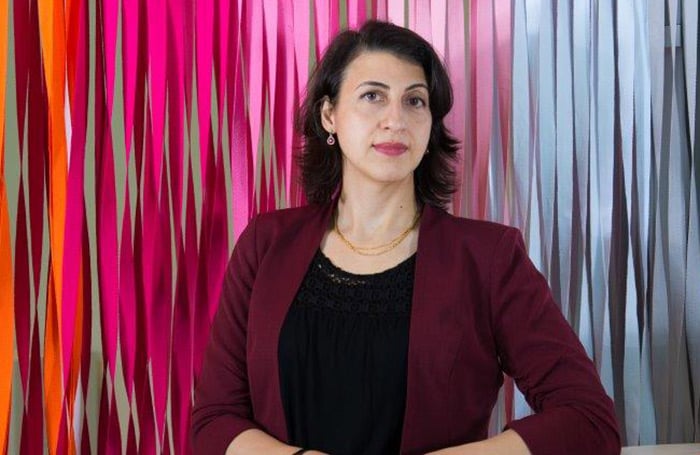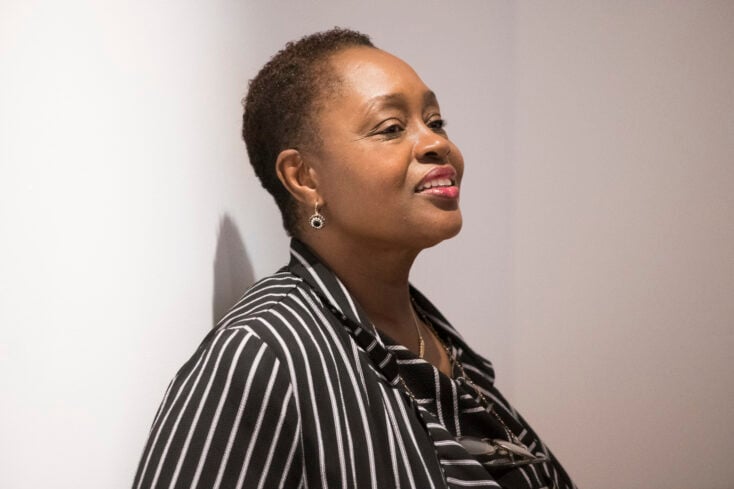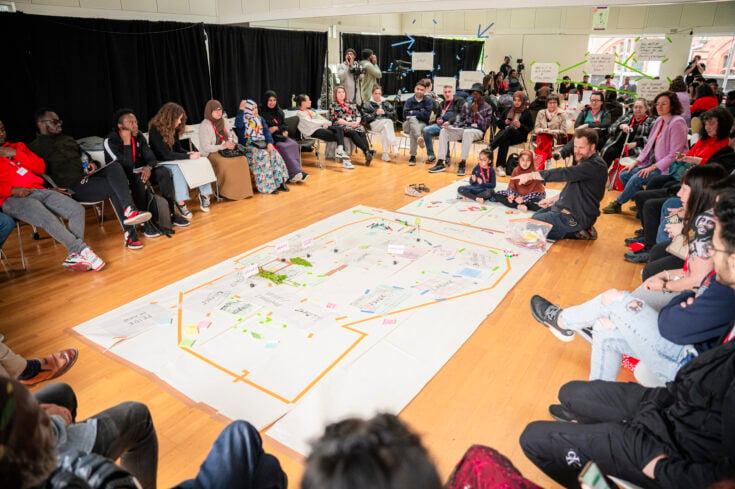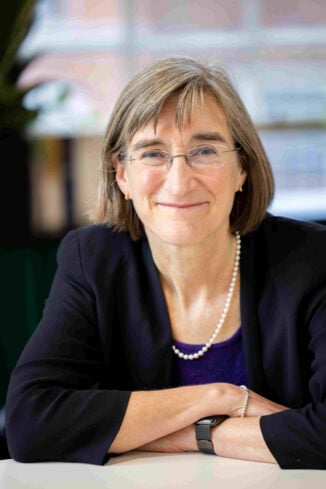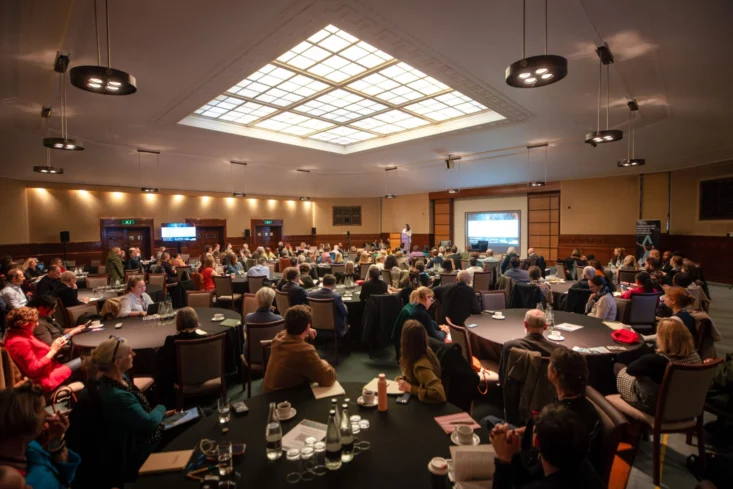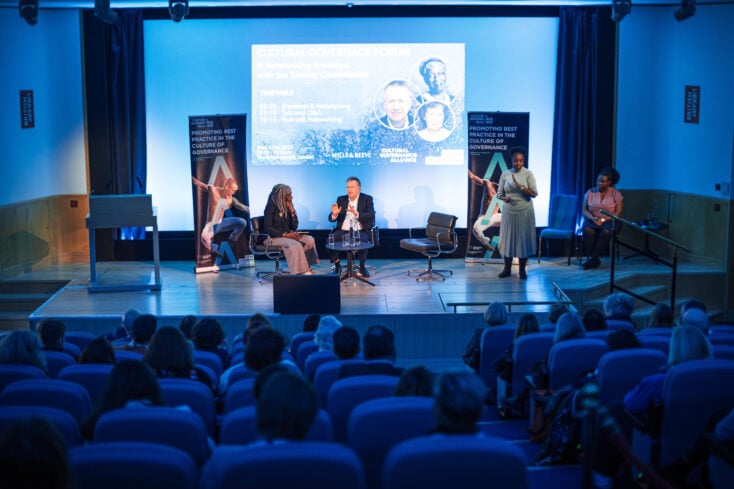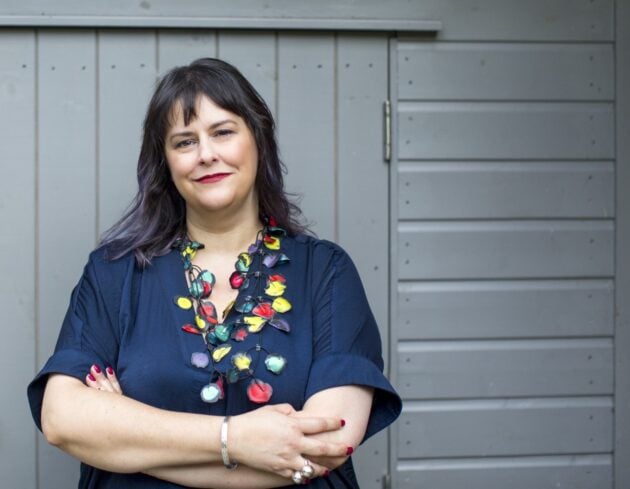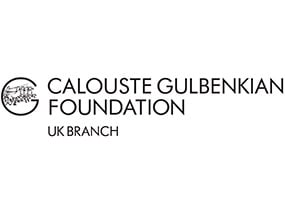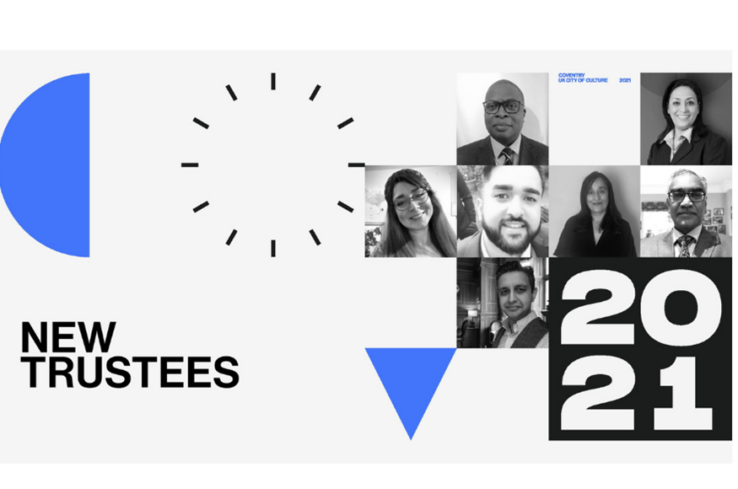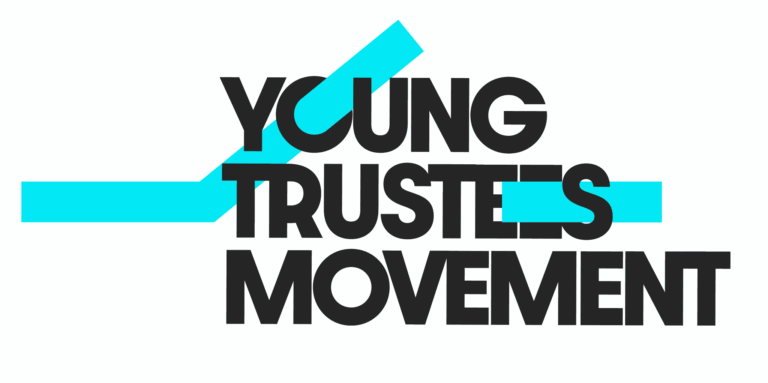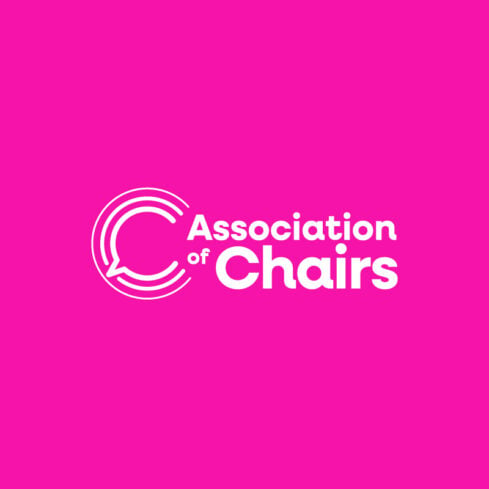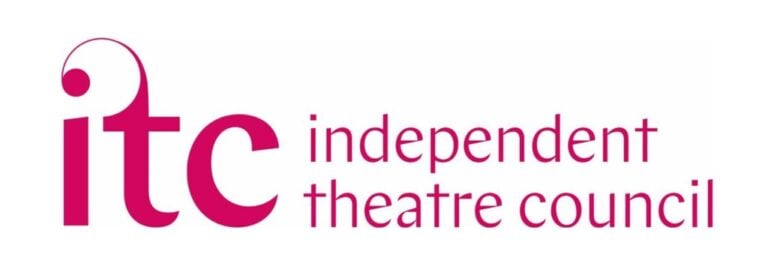Imagine It Different – The Case for Citizen-Led Decision-Making in Governance
In recent years, stories about failed governance have come thick and fast. Is there a collective noun for a failure of governance? A catastrophe of governance? A collapse of governance? Perhaps a betrayal of governance?
In Windrush and Grenfell, we witnessed the failure of governments and corporations to listen to people, resulting in the destruction of people’s lives and avoidable cruel deaths. In financial scandals, from Barclays to Enron, people’s livelihoods have been dismantled through reckless profiteering. The gaslighting of thousands of people through the contaminated blood and Post Office Horizon scandals. Chronic failures to address abuse in religious institutions, the creative industries, and charities. In recent years, failures of governance have been rife across democratic institutions, the public sector, private companies, and the third sector.
Governance in the cultural sector may not cause financial meltdowns or international scandals but it suffers from some of the same systemic issues. Typically, small groups of people, on Boards and in Executive teams, make decisions on behalf of a wider community of interest. Of course there are lots of examples of good governance in the sector, and thousands of hard-working trustees and executives who passionately believe in their organisations. Despite this, the basic structure of conventional governance can create a working environment inside organisations which exacerbates hierarchy, fears risk, and impedes collaboration. When you multiply this across thousands of organisations in the cultural sector, the consequence is a deadening effect on the sector’s ability to transform itself.
The problem is not just that the Board/Exec model centralises power, it is all the other unintended consequences of the model. Trustees often have successful professional careers in culture, education, management, commerce, law, human resources, marketing and so on. While this model can bring expertise, it tends to be self-perpetuating, with existing board members often recruiting new ones from similar backgrounds. This closed loop can stifle diversity, Boards rarely reflect the communities or artists that their organisations were created to support. Instead, they tend to reinforce an establishment view of what success looks like, both for the Board and Executive.
Boards for cultural organisations operate a bit like the House of Lords for our political system, minus the expenses budget. Successful, often middle-class and privileged individuals, wield substantial influence over the future of the sector. Given relatively narrow life experiences, Boards often struggle with proposals that challenge entrenched norms. This may help explain why, despite the optimism in recent years, created by appointments of global majority arts leaders, many of those appointees have left their roles prematurely.
Efforts to diversify the membership of Boards can also fall short because the deeper issue is not just representation but the ingrained cultural codes adopted by Boards. This means that when artists or community members are invited to join Boards, they must navigate the corporate language and processes established by those in power, creating barriers to meaningful participation.
In addition, Board discussions tend to be framed as debates, where proposals from the Executive are accepted, rejected or amended. Debate is a conflict-based model which encourages one argument to win out over another and can lead to binary decision-making, often stifling nuance. Debating tends to prefer simplified solutions that can be understood quickly during brief meetings. This is fundamentally at odds with the complex challenges facing the cultural sector. A debating framework can also mean that Executive teams can become anxious about Board meetings and tailor their proposals to what they believe their Board will accept. All this can mean that Boards become fortresses for the status quo, resistant to change, rather than fostering innovation.
And let’s remember that most Trustees are volunteers, making key decisions about an organisation’s strategy and policies in just a few meetings a year. It is hardly surprising that those in the roles of Chair and Treasurer, let’s call them uber-volunteers, tend to be relied upon by the wider group of Trustees, to be inside the detail of key decisions, concentrating real power in the hands of even fewer individuals. Two decades ago the cultural sector began to understand the corrosive impact of unpaid internships across the cultural sector, yet we still use a voluntary structure to lead the governance of our organisations.
Current governance models are outdated and unfit for purpose. If we continue with them, progress towards a more inclusive and innovative sector will remain limited.
Citizen-Led Decision-Making: A Paradigm Shift
One remedy is citizen-led decision-making, as seen in citizens’ assemblies and citizens’ juries. By selecting a diverse group of citizens via a democratic lottery, organisations could ensure decision-makers reflect a wider spectrum of society. This approach could bring in lived experience from across communities, fostering more inclusive and equitable decision-making.
The deliberative nature of citizen-led decision-making is particularly powerful. Unlike binary debating, deliberation encourages participants to engage deeply with multiple perspectives, weigh-up evidence as a whole, and build consensus. This thoughtful process could help to produce well-rounded decisions that take into account diverse views and ideas about the way forwards for an organisation.
Could this model inform organisations about their future actions? The People’s Plan for Nature certainly thought so, commissioned by the National Trust, RSPB, and World Wildlife Fund. Of course, within current statutory frameworks like those overseen by the Charity Commission, citizen-led decision-making isn’t yet a practical alternative to conventional governance. Despite this, the Voice Assembly at the New Art Exchange in Nottingham, led by Saad Eddine Said, is trialling a hybrid model which includes citizen-led decision-making working alongside its Board and Executive showing that change is achievable. As more organisations experiment with citizen-led decision-making, we should consider the need for dialogue with regulatory bodies, such as the Charity Commission, to update frameworks, allowing organisations the freedom to experiment with more inclusive governance practices.
The time has come to rethink how we govern organisations. Citizen-led decision-making offers a more democratic and innovative way forward.
Author: David Jubb, Citizens In Power
